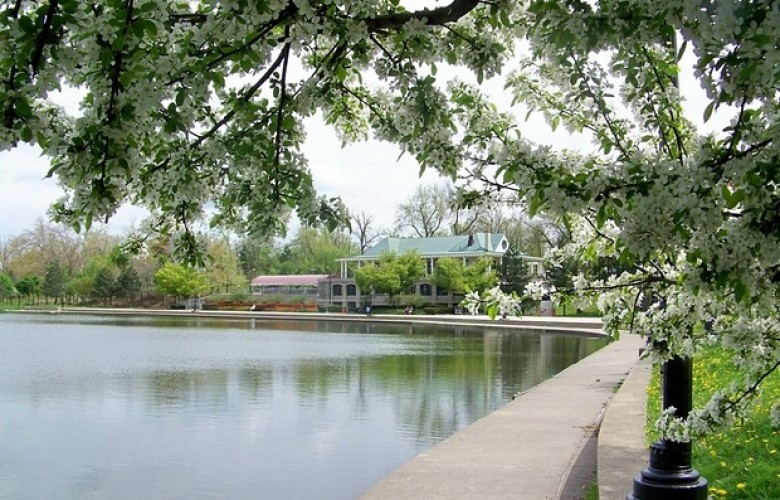Respected UK publication The Guardian has published a list of the top ten parks in the world. "From steamy Sao Paolo to breezy Buffalo – via Birkenhead on Merseyside – here are some of the world’s very best urban green spaces." By Rowan Moore in The Guardian, on August 7, 2015.
Although Moore recognized Central Park, it was Buffalo's Olmsted Park System that made the list. As we struggle to restore the Olmsted design features that have been lost or corrupted, especially the parkway-turned-expressway known as the Scajaquada (which is a Creek, not a street), this list is an important honor.
"Frederick Law Olmsted and Calvert Vaux are best known as the creators of Central Park in New York City, but their greatest work is the co-ordinated system of parks and parkways, the first of its kind in the United States, in what was then the boom town of Buffalo. The idea was to integrate the network of green space with the fabric of the city, so that you were never far from it. Buffalo fell on hard times in the last century, but the parks still fulfill Olmsted’s idea that nature could “refresh and delight the eye and through the eye, mind and spirit”.
Also on the list is Buttes-Chaumont in Paris, Ibirapuera in São Paulo, Boboli in Florence, Hampstead Heath in London, Park Güell in Barcelona (my personal favorite), the Summer Palace in Beijing, and Birkenhead Park in Merceyside, which inspired Olmsted and Vaux. But we in Buffalo should pay special attention to the High Line in New York City, and Landschaftspark in Duisburg-Nord, Germany.
The High Line is a model for what need to do with the Skyway. Once the traffic has been rerouted, this structure, like New York City's raised rail line, is best re-purposed as a park and pedestrian/bicycle connector between Downtown and the Inner Harbor/Canalside and the Outer Harbor. This is less costly than tearing it down, and like the High Line would enhance property values along its entire length, and result in a world class attraction.
But the Landschaftspark is the real eye-opener. Listen to how The Guardian describes this German oasis: "Before there was the High Line the landscape architect Peter Latz created another park out of derelict industry, on a far larger scale. A contaminated ensemble of collieries and steelworks has been populated with art, culture and places of work. Concert venues and climbing walls have been formed out of the steel frames of old factories, hulks of blast furnaces and slag heaps. Particularly smart is the approach to cleaning up the filthy land: it is allowed to take its time, with water and planting that assists the process forming part of the design of the park."
Sounds a lot like what we could and should be doing with the waterfront Bethlehem Steel property, as well as numerous others along the revitalized Buffalo River.

